
-
Anti-Aging Skincare: Ingredients and Techniques for Youthful Skin
posted: Apr. 15, 2024.

-
Mole Check: Importance of Regular Skin Exams for Early Detection
posted: Apr. 03, 2024.
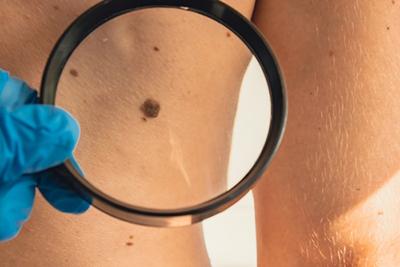
-
Are You Dealing with a Rash?
posted: Mar. 07, 2024.

-
What You Need To Know About Cosmetic Dermatology
posted: Mar. 01, 2024.

-
Medical Uses of Botox: Treating Muscle Spasms, Migraines, and Hyperhidrosis
posted: Feb. 14, 2024.
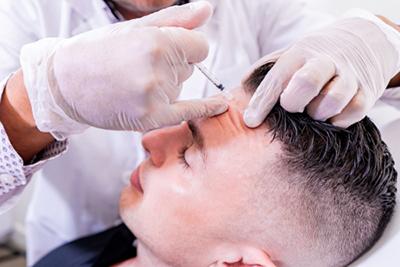
-
Skin Rash Treatment
posted: Feb. 07, 2024.

-
Cosmetic Dermatology: Exploring Non-Surgical Aesthetic Procedures
posted: Feb. 01, 2024.

-
The Importance of Regular Mole Checks for Skin Health
posted: Jan. 11, 2024.
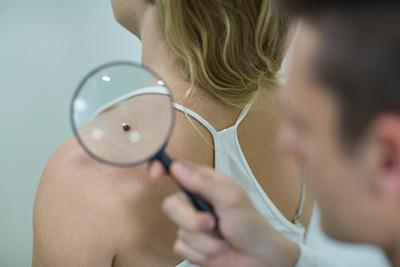
-
Eczema and Psoriasis: Understanding and Managing Chronic Skin Conditions
posted: Jan. 09, 2024.
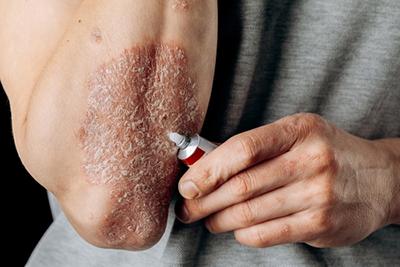
-
Common Skin Conditions
posted: Jan. 01, 2024.

-
Best Ways To Protect Your Skin
posted: Dec. 07, 2023.

-
Managing Chronic Skin Conditions
posted: Dec. 01, 2023.
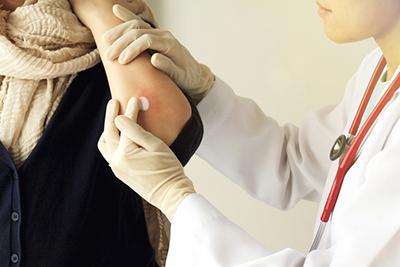
-
FAQs About Melanoma
posted: Nov. 07, 2023.
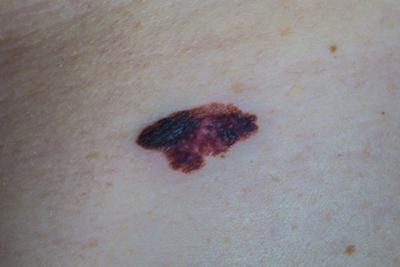
-
Rosacea: Understanding Triggers and Effective Treatment Approaches
posted: Nov. 01, 2023.
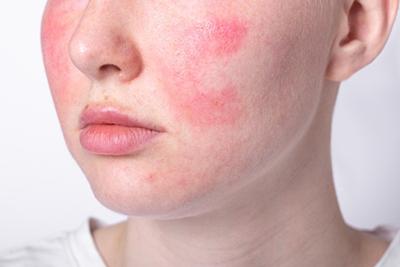
-
The Importance of Regular Check-ups With a Dermatologist
posted: Oct. 13, 2023.
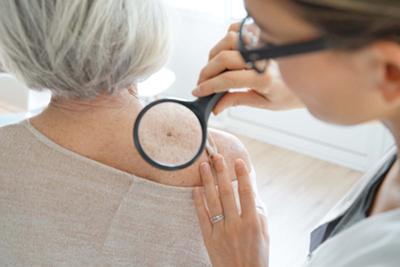
-
Suffering From Psoriasis?
posted: Oct. 06, 2023.
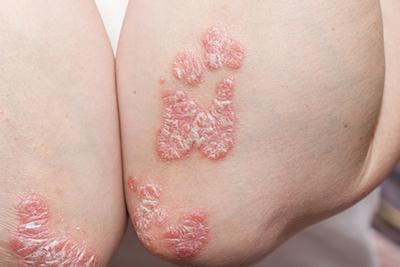
Contact Us
Our Location
Find us on the map
Hours of Operation
Monday:
9:00 am-5:00 pm
Tuesday:
9:00 am-6:00 pm
Wednesday:
9:00 am-6:00 pm
Thursday:
9:00 am-5:00 pm
Friday:
9:00 am-4:00 pm
Saturday:
Closed
Sunday:
Closed